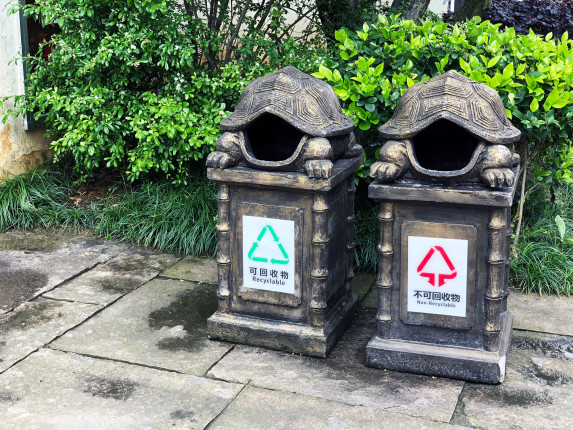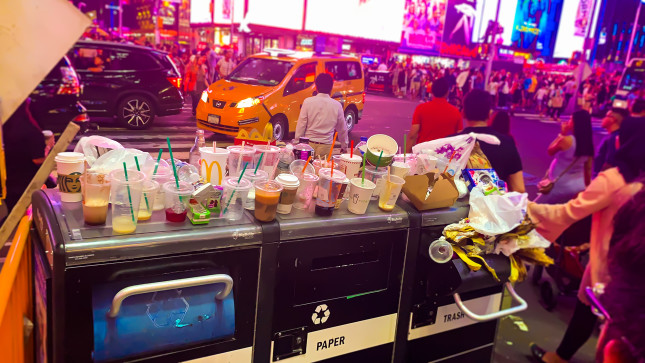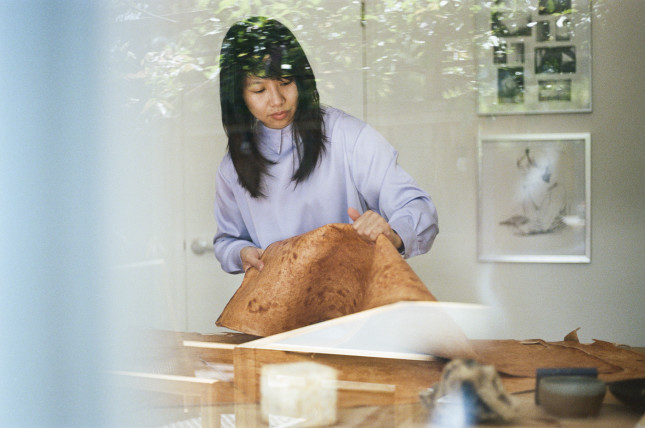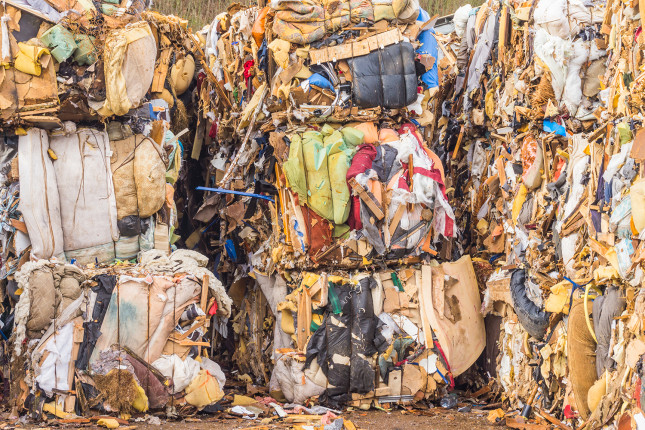-
From Animal Waste to Energy: A Climate Solution on Chinese Farms
›China Environment Forum // Cool Agriculture // Guest Contributor // waste // November 16, 2023 // By Tongxin Zhu & Diego MonteroA quiet agricultural revolution is on the horizon in parts of China. Innovative anaerobic digestion techniques are revolutionizing agriculture by transforming livestock manure into organic fertilizer and clean biogas energy. As these technologies significantly lower carbon emissions, they can set a precedent for sustainable farming practices across China and the world.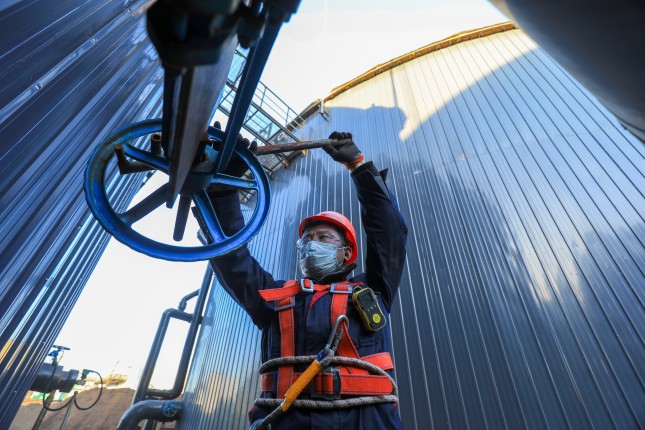
-
Hitting the Brakes on Plastics in China’s Food Delivery Industry: Q&A with Zheng Xue and Sherry Lu of Plastic Free China
›China Environment Forum // Q&A // November 4, 2021 // By Solange Reppas, Mingwei Zhu, Tongxin Zhu & McKenna PotterIn every Chinese city, there is an army of motorcycles and mopeds weaving through the traffic jams, and sometimes even venturing on sidewalks, to deliver millions of food and e-commerce orders each day. Meituan, one of China’s most popular food delivery apps, delivers 30 million orders a day, serving up 100 million plastic containers. According to Greenpeace, e-commerce and express delivery in China generated 9.4 million tons of packaging waste in 2018 and will likely triple to 41.3 million tons by 2025. -
Energizing Zero-waste Practices in Rural China: Q&A with Chen Liwen and Qiu Yuxue of China Zero Waste Village
›
Growing up in Xicai village in rural Hebei Province, Chen Liwen spent plenty of her childhood outdoors, where she cultivated a deep connection with nature. This connection eventually led her to pursue a career working at environmental NGOs. Early in her career while she was surveying landfills outside of Beijing, she discovered “mountains” of putrid waste that were leaking into waterways, making nearby residents sick. That incident sparked her to focus her work on reducing waste and waste pollution. After working on urban waste issues Chen became concerned that pollution reforms to expand waste sorting and recycling in cities were not extended to rural areas, where 40 percent of China’s population live.
-
Championing Ecological Health and Environmental Justice in Plastic Action: Q&A with Judith Enck, Founder of Beyond Plastics
›“There is one thing I think about a lot: how do you get people active on plastic waste? How do you structure having impact?”
Judith Enck discovered her interest in environmental activism when she interned in college for the New York Public Interest Research Group (NYPIRG) and was asked to lobby for the Returnable Container Act (commonly referred to as the Bottle Bill), which had stalled for 10 years. The difficulty she faced in lobbying for this relatively simple bill motivated her to return for a second internship. After graduation, she abandoned plans for social work or law school to return to environmental advocacy and quickly became the executive director of Environmental Advocates NY. The bill eventually became a New York State law in 1982 and has since prevented the unnecessary export or landfilling of billions of plastic bottles. Judith learned important lessons from that victory and has been making her mark on America’s waste policy ever since.
-
Returning to our Roots for Elegance and Sustainability in Fashion: Q&A with MycoWorks Co-founder Sophia Wang
›Fashion is the second most polluting industry behind oil and is responsible for 10 percent of annual global carbon emissions. The carbon-intensive production of animal hide and plastic for leather and synthetic clothing further compound the impact of this industry, while waste from every stage of the fashion pipeline contributes to rampant air, water, and soil pollution. As experts have known for years, the rise of fast fashion has overextended the world’s resources and demonstrated the fragility of our current methods of production and consumption. If we desire a future in which high quality textiles play a part, we must act to change our habits on a system-wide scale.
-
Closing the Loop on Fashion Waste: Q&A with Evrnu cofounder Stacy Flynn
›
Stacy Flynn is intimately familiar with the ins and outs of fashion’s supply chain. She knows how clothes travel the world as they move through the stages of design, textile production, and garment formation before landing in your local retail store. For years, she managed these supply chains for Dupont and Target, making regular visits to suppliers in China who showed her pristine manufacturing facilities where she examined textile and clothing samples and discussed prices and delivery. Nothing could have prepared her for when she returned in 2010 with a Seattle-based startup to tour smaller textile and dyeing factories, and saw the staggering pollution these second and third tier suppliers generated. Her guides told her that during periods of increased textile production, wastewater emissions turn the rivers deep unnatural hues and factory exhaust smothered the air outdoors and even indoors for the workers.
Showing posts by Tongxin Zhu.



